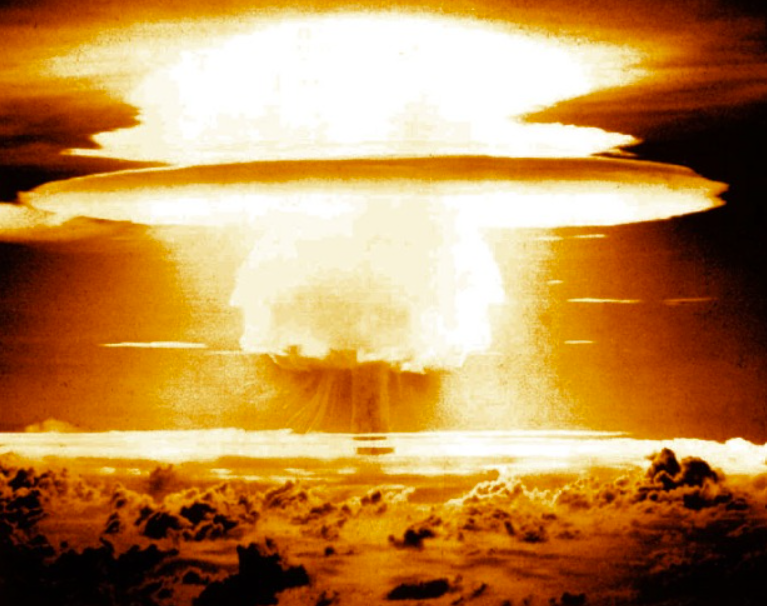Just three days after President John F. Kennedy’s inauguration in January 1961, bright orange flames lit the horizon of North Carolina in the town of Faro in Wayne County. With the rising tension and fear of a Cold War, a B-52 Stratofortress took to the skies on a long, extended patrol. Sometime around the 12-hour mark, the plane tried to attach to an air tanker to refuel. The bomber was carrying two 3.8-megaton Mark 39 hydrogen bombs.
During the refuel attempt, the tanker notified the B-52 of a potential fuel leak in the right wing. The fuel mission was aborted, and ground control directed the bomber to maintain a holding pattern off the coast until most fuel was dumped or used.
The right-wing tore from the craft on the descent back to the base. The pilot ordered the crew to evacuate the plane from around 9,000 feet via parachuting. All survived except the sixth man, who died.

During this time, many thought all hell had broken loose as the plane exploded, and the vision of fireballs lit the eyeballs of everyone who encountered it. Some say night turned to day.
Both of the hydrogen bombs broke loose near Goldsboro, North Carolina. According to author Sherman Carmichael in his Mysterious Tales of the North Carolina Piedmont book, “each bomb carried a payload of megatons, the equivalent of four million tons of TNT.”
Luckily, the bombs didn’t detonate because if they had, “lethal fallout could have gone as far as Washington D.C., and even New York City. Honestly, it probably would have wiped North Carolina off the map.
The government kept the fiasco a secret out of fear and how “close the accident came to causing a nuclear catastrophe of biblical proportions.”
Written By: John G. Clark Jr.
Source: Carmichael, Sherman, “Mysterious Tales of the North Carolina Piedmont.” The History Press, 2019.

